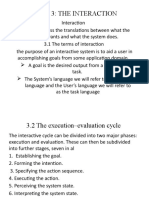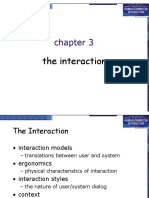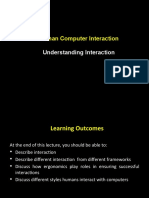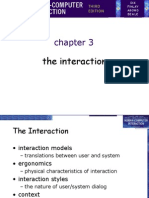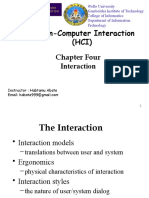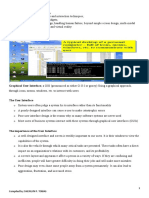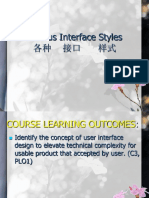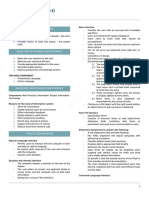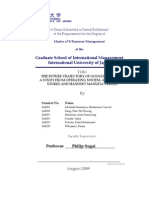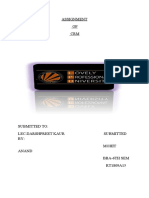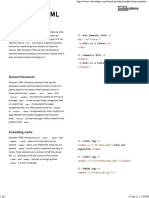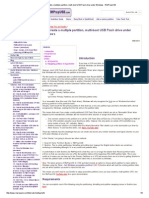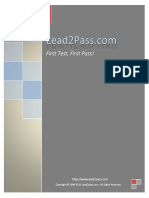0% found this document useful (0 votes)
16 views37 pagesModule 2 (The Interaction Styles)
This document covers various interaction styles used in computing applications, including command line interfaces, menus, natural language, and WIMP interfaces. It discusses the advantages and challenges of each style, emphasizing the importance of user familiarity and ease of use. The document concludes with an overview of ubiquitous computing and its implications for everyday activities.
Uploaded by
harshankumarpottiCopyright
© © All Rights Reserved
We take content rights seriously. If you suspect this is your content, claim it here.
Available Formats
Download as PDF, TXT or read online on Scribd
0% found this document useful (0 votes)
16 views37 pagesModule 2 (The Interaction Styles)
This document covers various interaction styles used in computing applications, including command line interfaces, menus, natural language, and WIMP interfaces. It discusses the advantages and challenges of each style, emphasizing the importance of user familiarity and ease of use. The document concludes with an overview of ubiquitous computing and its implications for everyday activities.
Uploaded by
harshankumarpottiCopyright
© © All Rights Reserved
We take content rights seriously. If you suspect this is your content, claim it here.
Available Formats
Download as PDF, TXT or read online on Scribd
/ 37













